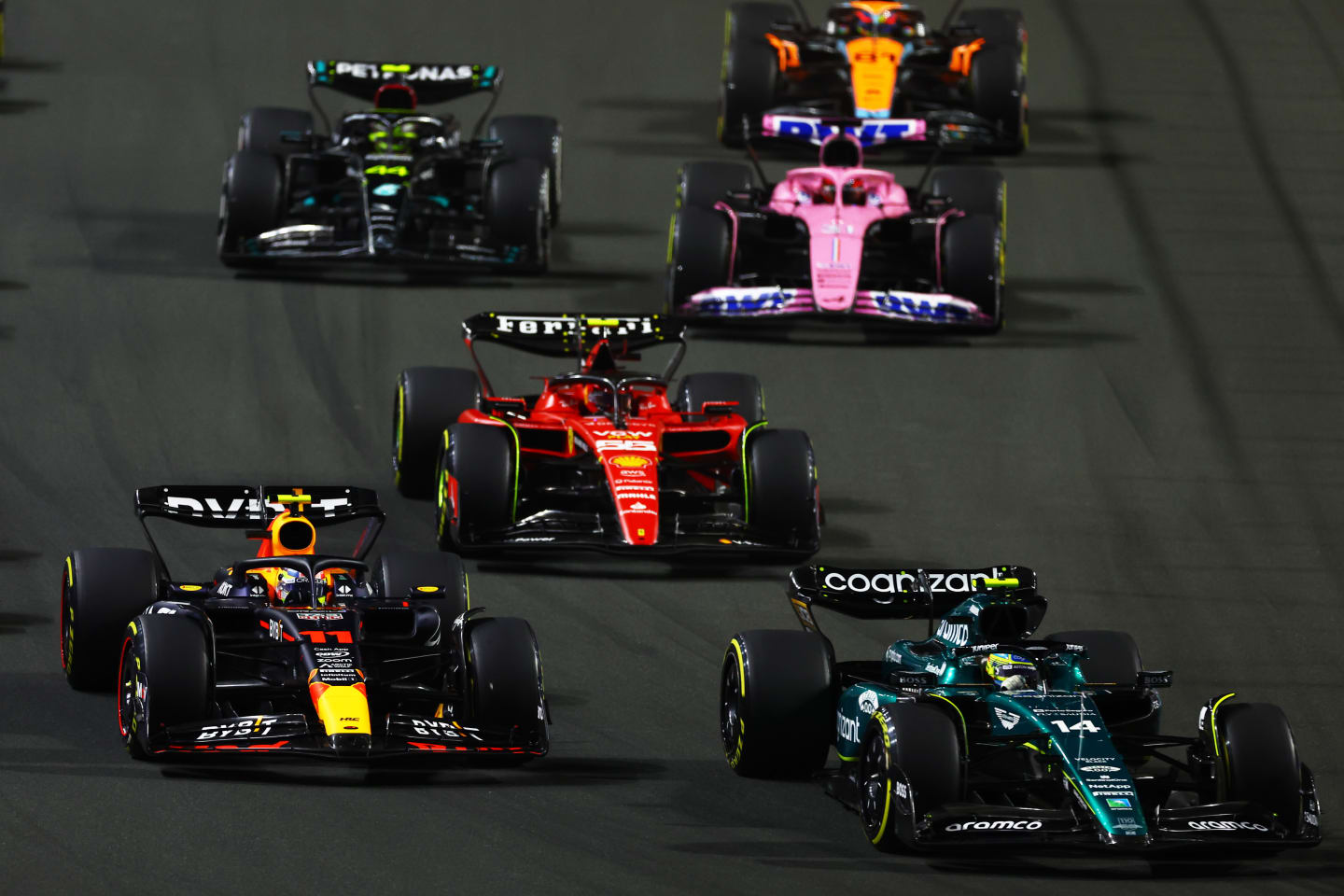Video
WATCH: What are sustainable fuels, how are they made – and how could this affect you?
Share
Advanced sustainable fuel is part of F1’s Net Zero 2030 strategy – but how does it all work, and what does it mean? This video explains all in under three minutes.
The next Formula 1 revolution is nearly here as F1 is working with major fuel manufacturers to develop a 100% sustainable hybrid fuel, that will be introduced in 2026 – when the new era of F1 hybrid power units is introduced.
Currently, F1 uses E10 fuel – 10% renewable ethanol – but the motorsport is pushing for more.

Formula 1’s next engine era will be more efficient and carbon net zero
Sustainable fuel won’t add to the overall amount of carbon in the atmosphere but it will ensure that the existing combustion-engined cars continue to move. It’s part of Formula 1’s push towards Net Zero Carbon by 2030, an ambitious target that will be achieved with the help of manufacturers, teams, promoters and partners.
READ MORE: Net Zero Carbon: How Formula 1 is going to meet this ambitious target by 2030
Existing initiatives include sustainability efforts at race circuits, focusing on areas such as plastic and waste, wellbeing and nature, and improving fan mobility. Back at base, F1’s offices are now using 100% renewable energy with the company and numerous F1 teams having earned 3* FIA environmental accreditation – while more and more fans are using public transport and walking to venues.
Watch the video explainer above to learn why F1 is pursuing sustainable fuels, how they will work, and what it means for you.
YOU MIGHT ALSO LIKE
News Ocon opens up on working with ‘very impressive’ new Race Engineer Laura Mueller at Haas
TechnicalF1 Unlocked TECH WEEKLY: Why a key Ferrari trait is holding Sainz back at Williams – and the ‘muscle memory’ he’s now having to work to undo
Podcast BEYOND THE GRID: Jonathan Wheatley on leading Kick Sauber forward into the Audi era
News Aston Martin boss Cowell explains how wind tunnel has ‘opened our eyes’ to new tricks




